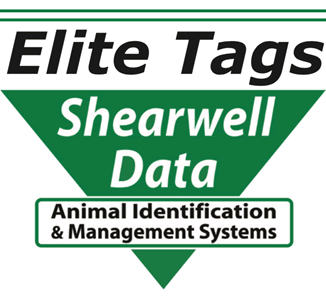FAQ
Got a question? Not sure what to do, how to do it or even why to do it? Take a look below and if you still can't find the answer, please just get in touch by mail enquiries@shearwell.ie or call us on 086 165 0002.
All sheep must be tagged with at least one tag by 9 months of age or on leaving the holding of birth, which ever comes first
- Sheep intended for slaughter, or going for sale via a mart before 12 months of age may be tagged in just the left ear with our Mart/Slaughter Tag.
N.B. Some tag companies supply separate tags for slaughter or mart use, which may also require different applicators. If you’re buying with another tag supplier, please make sure you check how their tags meet Dept. regulations.
Animals to be kept definitively for breeding must be double tagged by 9 months of age
Live Trade
- Sheep born after 1 January 2010 and engaged in intra-community trade or third country exports must be double tagged. Our EID Tag Pairs are approved for use in this instance.
Any animal being exported must prior to presentation for certification at the export assembly centre have been tagged in accordance with the rules of the NSIS. Both tags on a sheep fitted with an electronic tag will be yellow (with the slight exception of the ruminal bolus, not widely in use -where one tag will be light blue).
Note: Should you wish to ‘upgrade’ an animal from a single tag to an EID Tag Pair, you have two options:
- A bespoke EID tag bearing the same number as the Mart/Slaughter tag already on the animal can be ordered by the exporter.
- The sheep can be re-tagged with a new EID set and the new tag number correlated to the old number in the flock register of the exporter.
We send a leaflet out with every applicator (reproduced here):
When re-applying tags, check for and treat any possible infection that may be caused if the tag has somehow been wrenched from the ear.
This information can then be used as the basis for efficient and practical individual animal management. Instead of basing your decisions across a whole mob, you can tailor treatments individually to optimise output. The Shearwell SET tag system is compatible with a range of reader and management equipment.


